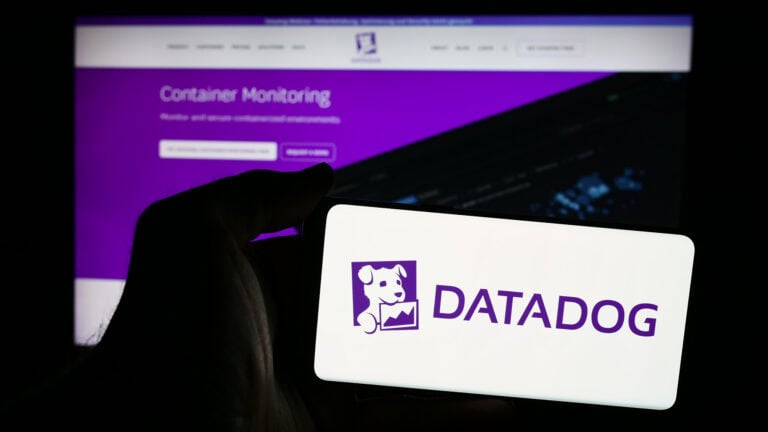
Millionenentschädigung für Avast-Kunden
Die US-Handelsaufsicht FTC schüttet über 15 Millionen Dollar an Avast-Nutzer aus. Der Grund: Der Antivirus-Anbieter, der Privatsphäre versprach, verkaufte heimlich Nutzerdaten an Tech-Giganten.

Die US-Handelsaufsicht FTC schüttet über 15 Millionen Dollar an Avast-Nutzer aus. Der Grund: Der Antivirus-Anbieter, der Privatsphäre versprach, verkaufte heimlich Nutzerdaten an Tech-Giganten.

Datadog hat mit Bits AI SRE einen neuen KI-Agenten vorgestellt. Der Agent analysiert Warnmeldungen in komplexen IT-Umgebungen und liefert innerhalb von Minuten handlungsfähige Ursachenanalysen.

Der europäische IT-Dienstleister principal33 erweitert seine Präsenz und hat nun erstmals einen Standort in Deutschland eröffnet.

Das von Google und Amazon unterstützte KI-Unternehmen Anthropic hat die Anwaltskanzlei Wilson Sonsini mit den Vorbereitungen für einen Börsengang beauftragt. Die Bewertung könnte 300 Milliarden Dollar übersteigen.

Forscher des europäischen Sicherheitsanbieters ESET haben eine komplexe Cyberkampagne der iranischen Gruppe MuddyWater untersucht.

Der Designer, der für die Bedienung von Apple-Produkten zuständig ist, wechselt zum Facebook-Konzern Meta. Alan Dye soll an Geräten für die Ära Künstlicher Intelligenz arbeiten, wie Metas Technikchef Andrew Bosworth auf der Plattform X schrieb.

Bundestagswahl, Handball-WM und Fußball-EM der Frauen: Politische Themen und sportliche Großereignisse haben dieses Jahr auch die Internetsuche von Millionen Nutzern in Deutschland bestimmt.

Verfälschte digitale Rechnungen sorgen in Unternehmen jedes Jahr für einen enormen finanziellen Schaden. 2024 lag dieser laut einer Erhebung des Digitalverbands Bitkom bei stolzen 0,8 Milliarden Euro.

Die zunehmenden Anforderungen, die KI-Workloads an Unternehmens-IT stellen, von generativer KI bis hin zu agentenbasierten Modellen, machen Storage zu einer zunehmend zentralen Priorität bei der Gestaltung von Rechenzentren. Andernfalls kann es zu erheblichen Leistungsengpässen kommen.

Ricoh hat die IM Cxx01CE-Serie vorgestellt, bestehend aus den Modellen IM C2501CE, IM C3501CE und IM C5501CE. Die Geräte kombinieren effiziente Arbeitsprozesse mit nachhaltiger Produktion und modernen Sicherheitsfunktionen.